Key Takeaway:
- Properly addressing wedding invitations is crucial to show respect for the importance of the event and the guests. There are traditional and modern approaches, but it is essential to follow basic guidelines and etiquette. Envelope etiquette is a topic of discussion in the wedding industry.
- Wedding invitations may include two envelopes: an inner and an outer envelope. The tradition behind using two envelopes is to indicate the guests addressed by the invitation on the inner envelope, while the outer envelope is used for mailing and can clarify who else is invited, such as plus ones or children.
- Invitations should be sent out 8 weeks before the wedding. When addressing the invitations, both the inner and outer envelopes should be addressed correctly, using appropriate titles, full names, and addresses. Married, same-sex, and unmarried couples and families should be addressed thoughtfully and respectfully. For example, the traditional approach for married couples is to include the male's first and last name, while a modern approach is to include both first names and the joint last name. Single ladies can use either Ms. or Miss, but it is more appropriate to use Ms.
- There are different etiquette rules for the outer and inner envelopes. The outer envelope is more formal, including titles and/or full names, while the inner envelope is more informal and can leave out first names, titles, or last names. When addressing a family, use the parents' names and include the children's names underneath. When addressing a married couple, use "Mr. and Mrs." followed by the husband's first and last name. When addressing an unmarried couple, list their names alphabetically. When addressing a same-sex couple, use both partners' names in alphabetical order. Proper addressing of invitations shows respect and consideration for each guest.
- It is important to understand appropriate titles and abbreviations when addressing wedding invitations. Basic rules include using the complete, formal name of guests, using full middle names when known, and avoiding abbreviations and initials. If sending invitations without an inner envelope, focus on properly addressing the outer envelope. "And guest" should be kept lowercase for guests.
- Reduce paper usage by using only the outer envelope, instead of both envelopes, if preferred. However, using both envelopes ensures the inner envelope remains pristine and clarifies who else is invited.
- Double-check for any errors or misspellings before sending the invitations. A wedding invitation guide is available to answer all questions about addressing formal wedding invitations.
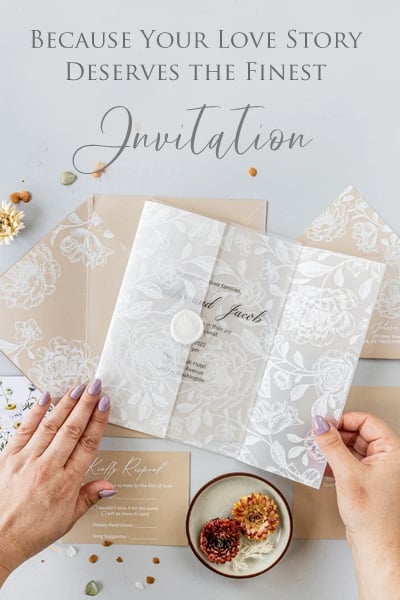
Properly addressing wedding invitations is essential for ensuring that they are delivered to the correct recipients. It also shows that you value your guests and that they are important to you on your special day. A few key points to keep in mind include:
- addressing each envelope by hand
- spelling out all words and titles (such as "Doctor" or "Street")
- using full names rather than nicknames or abbreviations
Additionally, it's important to remember that same-sex couples should be addressed in the same way as opposite-sex couples. For example, if a married couple is named Rachel and Sarah, the envelope should be addressed to "Ms. Rachel Green and Ms. Sarah Smith" or "Rachel Green and Sarah Smith, Esq." if they are both lawyers.
By following proper etiquette when addressing wedding invitations, you can ensure that your guests feel appreciated and valued, and that your special day is one to remember for all the right reasons.
Importance of Properly Addressing Wedding Invitations
Properly addressing wedding invitations is of utmost importance. It reflects the couple's personality and cultural background, as well as adding a formal touch to the invitees' experience.
It's vital to follow etiquette carefully when addressing the envelopes, as traditional and modern approaches differ. Inner envelopes address who is invited, while outer envelopes provide additional information, such as street or apartment numbers.
Guidelines must be followed for different kinds of couples - married, same-sex, or unmarried - as well as families and guests. Label designs should be unique for each group.
Care and consideration must be taken when addressing the invitations to avoid misunderstandings or changes. Misspelt names may cause annoyance, leading to feelings of not being valued.
Procrastination can lead to missing important guest addresses or inviting someone on the wrong list - creating an embarrassing situation. So, proper planning is essential for a positive impact on the special day.
Envelope addressing is a delicate balancing act of tradition and modernity. Get it right to reflect the couple's personality, culture and add a formal touch, while avoiding any confusion or mishaps.
Traditional and Modern Approaches in Addressing Envelopes
Addressing wedding invitations can be both exciting and overwhelming. The way you address your envelopes sets the tone for your wedding - whether it is formal or informal. In this section, we will explore the two approaches that couples can take while addressing wedding invitations, and we will take a look at the proper ways to address both the inner and outer envelopes to create a lasting first impression for your guests.
Traditionally, wedding invitations are addressed using formal titles, such as "Mr. and Mrs. John Smith" for a married couple or "Miss Jane Smith" for a single woman. However, modern couples may choose to use less formal titles, such as "John and Jane Smith" or "Jane Smith and John Doe."
It is important to address both the inner and outer envelopes correctly to ensure that your invitations are delivered to the intended recipients. The outer envelope should include the full names and addresses of the recipients, while the inner envelope should include the names of each individual invited to the wedding.
Overall, addressing wedding invitations correctly can help set the tone for your special day and create a positive first impression for your guests.
Properly Addressing Inner and Outer Envelopes for Wedding Invitations
Wedding invites must be addressed with proper etiquette. This helps get them to where they need to go and shows the event's formality. Here are the steps to follow:
- Outer envelope: Write full names, titles, and suffixes like Jr. or III. For married couples, husband's name first, then "and", then wife's first name, maiden name (if any) and last name. Unmarried couples, each partner's name on separate lines in alphabetical order.
- Inner envelope: First names or nicknames can be used. Children's names should be under their parents' names for both inner and outer envelopes.
Same-sex couples should be addressed the same way as opposite-sex couples. Following these guidelines will make sure your wedding invites are properly addressed and show the event's formality.
Guidelines for Addressing Married Couples, Same-sex Couples, and Unmarried Couples
Wedding invitations play a pivotal role in any wedding ceremony, and addressing them correctly is crucial to ensure they reach the intended recipients. In this section, we will guide you on proper etiquette for addressing couples - both same-sex and married, as well as unmarried couples. We will also cover the essential aspects of addressing family invitations and guest invitations, so you can be confident that every invite is accurately addressed.
Addressing Families and Guest Invitations
When it comes to wedding invitations, there are guidelines to follow. Married couples should use "Mr. and Mrs." followed by the husband's first and last name. If they have different last names, both should be mentioned. Same-sex couples can choose their preferred format. Unmarried folks should have their full names on separate lines.
For families, it's best to list each person's name on the outer envelope. On inner envelopes, add the relationship to the primary invitee. No need for "and guest" anymore. Just use the person's full name or mention their relationship to the invitee.
Be mindful of everyone's preferences and identities when addressing wedding invitations.
Tips to Remember when Addressing Wedding Invitations
When sending out wedding invitations, there are some important tips to remember. Firstly, make sure to have the correct names and titles of invited guests - including their titles such as Mr., Mrs., Dr., or Hon. It's also essential to spell their names correctly. Include all guests’ full names, including children and plus-ones.
Then, use the proper address format. For example, if you're inviting a married couple, use "Mr. and Mrs. John Doe". You could also use calligraphy for a touch of sophistication.
Include an RSVP card with a pre-stamped, pre-addressed envelope. This makes it easy for guests to respond and gives you accurate numbers. Send invitations several months before the wedding date.
Think of other details too, like a dress code or directions to the venue. Carefully consider all details to create an invitation that your guests will cherish. These tips will help you create a memorable invitation.
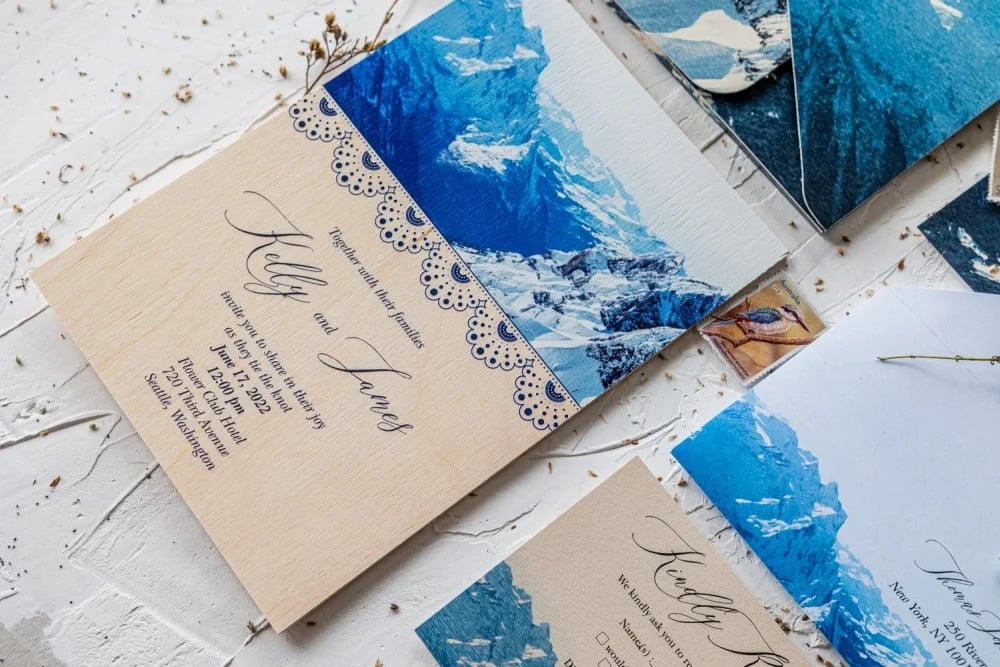
Conclusion: Final Thoughts on Addressing Wedding Invitations
When it comes to wedding invites, etiquette is key! Names should be written clearly, including titles like Mr., Mrs. and Ms. Include the address too - street, city, state and zip code.
It is vital to pay attention to the details for each recipient - their preferred titles and name spellings. Listing a plus one's name on the invite helps prevent confusion.
Don't forget to include a return address on the envelope. This way, guests can easily RSVP and ask any questions.
In the end, addressing invites is an important part of wedding planning. Following proper etiquette and taking note of details will ensure a successful, enjoyable experience.
Five Facts About How to Address Wedding Invitations:
- ✅ Wedding invitations should be sent out 8 weeks before the wedding.
- ✅ Envelope etiquette is a topic of discussion in the wedding industry, and traditional and modern approaches exist for addressing envelopes.
- ✅ Wedding invitations may include an inner and outer envelope, with the outer envelope used for mailing and the inner envelope indicating which guests are invited. However, using only the outer envelope is also acceptable and can be more environmentally friendly.
- ✅ It is important to use appropriate titles and etiquette when addressing wedding invitations. For example, for a married couple with the same last name, use "Mr." and "Mrs." and spell out the husband's first and last name. For a same-sex couple, either partner's name can go first and both names can be included on the outer envelope if desired.
- ✅ Properly addressing wedding invitations shows respect and consideration for guests and is an important part of wedding planning. Basic rules include using complete, formal names of guests, avoiding abbreviations and initials, and including "and guest" if single guests are allowed to bring one.
FAQs about How To Address Wedding Invitations ?
What is the proper way to address a couple on a wedding invitation?
For a married couple with the same last name, use "Mr." and "Mrs." and spell out the husband's first and last name. For a married couple with different last names, list the woman's name first on the same line or separately if too long. For a same-sex couple, either name can go first. If the couple is sensitive to it, both names can be included on the outer envelope.
Should I use two envelopes when sending out wedding invitations?
Wedding invitations may include two envelopes: an inner envelope and an outer envelope. The tradition behind using two envelopes is to indicate the guests addressed by the invitation on the inner envelope, while the outer envelope is used for mailing. Using both envelopes ensures the inner envelope remains pristine and can clarify who else is invited, such as plus ones or children. However, there is no rule that requires the use of multiple envelopes, and some argue that using only the outer envelope is sufficient and reduces paper waste. Ultimately, whether or not to use inner envelopes is a matter of preference, and reducing expenses and paper usage is becoming increasingly popular.
How should I address a family with children on a wedding invitation?
When addressing a family, use the parents' names and include the children's names underneath. If the children are under 18, include their names on the inner envelope only. If the children are over 18, they should receive their own invitation. If some of the children are over 18 and some are under 18, only include the names of those under 18 on the inner envelope.
Should I spell out every guest's full birth name on a wedding invitation?
No, it is not necessary to spell out the guest's full birth name. It is appropriate to use the guest's preferred name or the name they go by in their daily life.
What is the proper way to address a wedding invitation on one line?
If the names of the guests can fit on one line, list the person closest to the bride or groom first, followed by the other person's name. If both names do not fit on one line, indent the second line.
Can I send out wedding invitations without an inner envelope?
Yes, you can send out wedding invitations without an inner envelope. In this case, focus on properly addressing the outer envelope using the guidelines mentioned earlier.
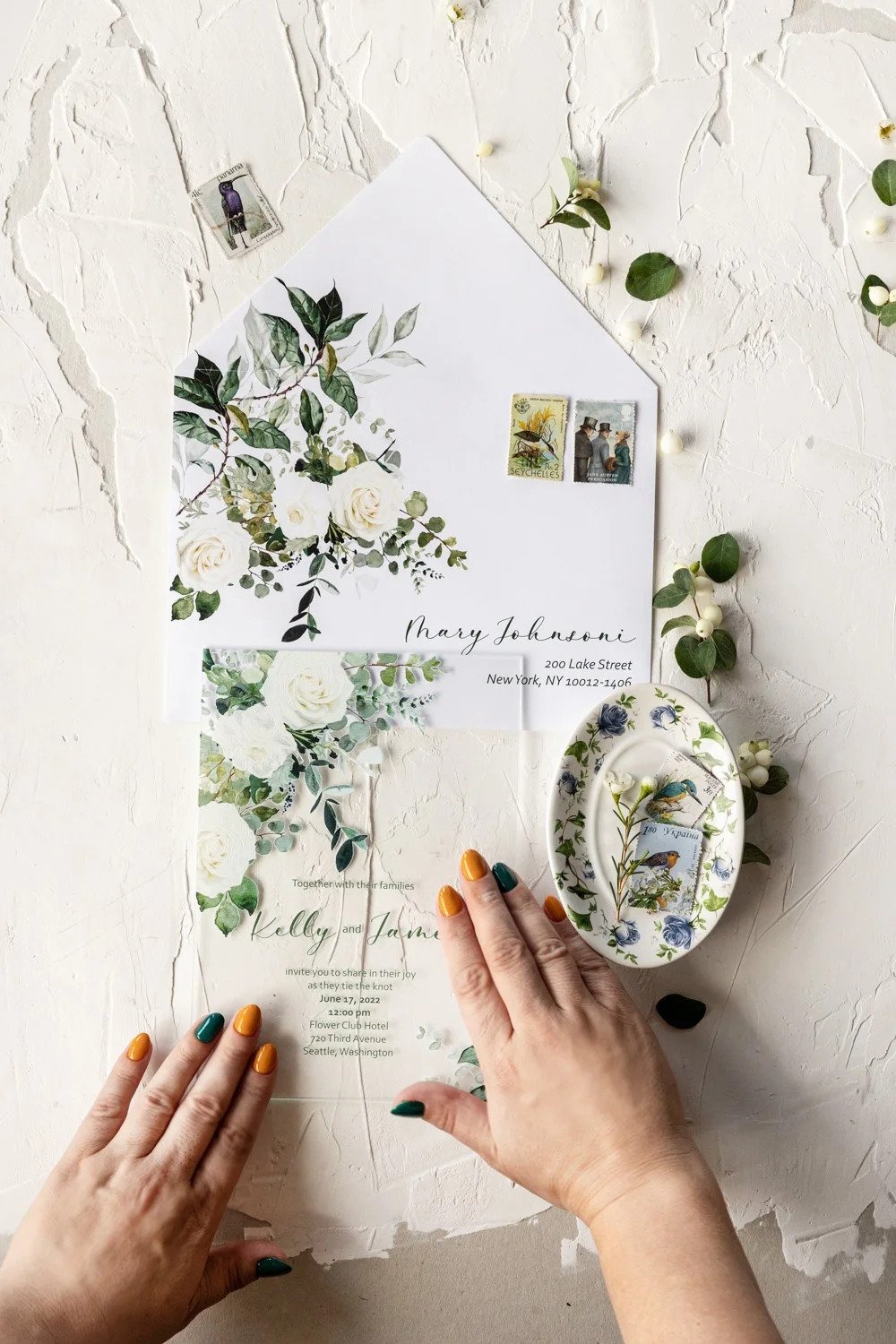
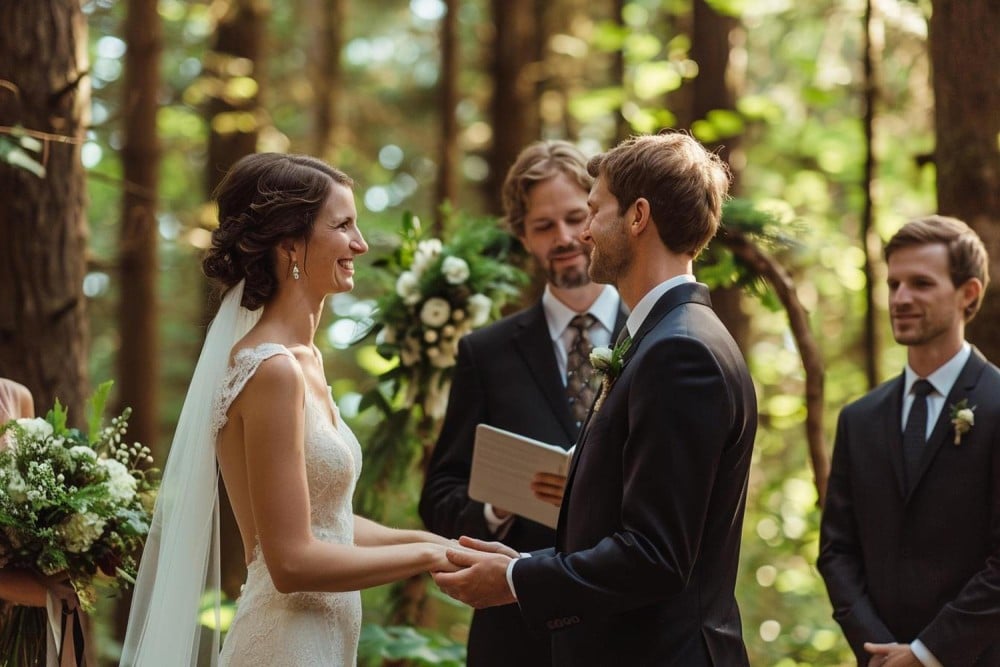 How to become a wedding officiant in tennessee ?Read more
How to become a wedding officiant in tennessee ?Read more How to bustle a tulle wedding dress ?05/21/2024Posted in: Wedding Fashion & StyleRead more
How to bustle a tulle wedding dress ?05/21/2024Posted in: Wedding Fashion & StyleRead more Planning Your Honeymoon Tips for an Unforgettable Trip05/20/2024Posted in: Wedding PreparationsRead more
Planning Your Honeymoon Tips for an Unforgettable Trip05/20/2024Posted in: Wedding PreparationsRead more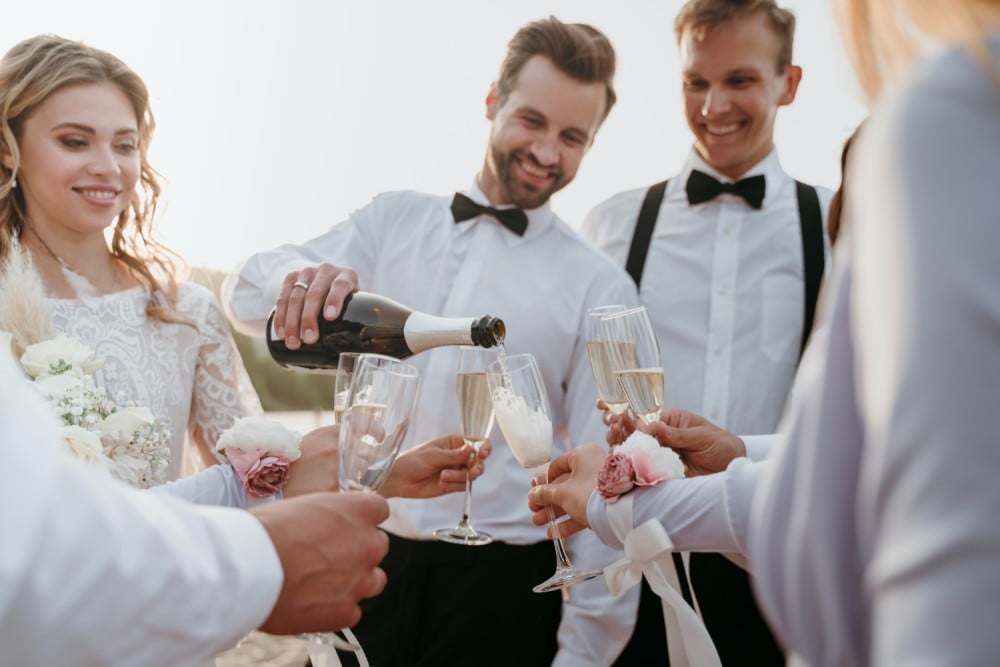 The Dos and Donts of Wedding Guest Etiquette05/16/2024Posted in: Wedding Traditions & EtiquetteRead more
The Dos and Donts of Wedding Guest Etiquette05/16/2024Posted in: Wedding Traditions & EtiquetteRead more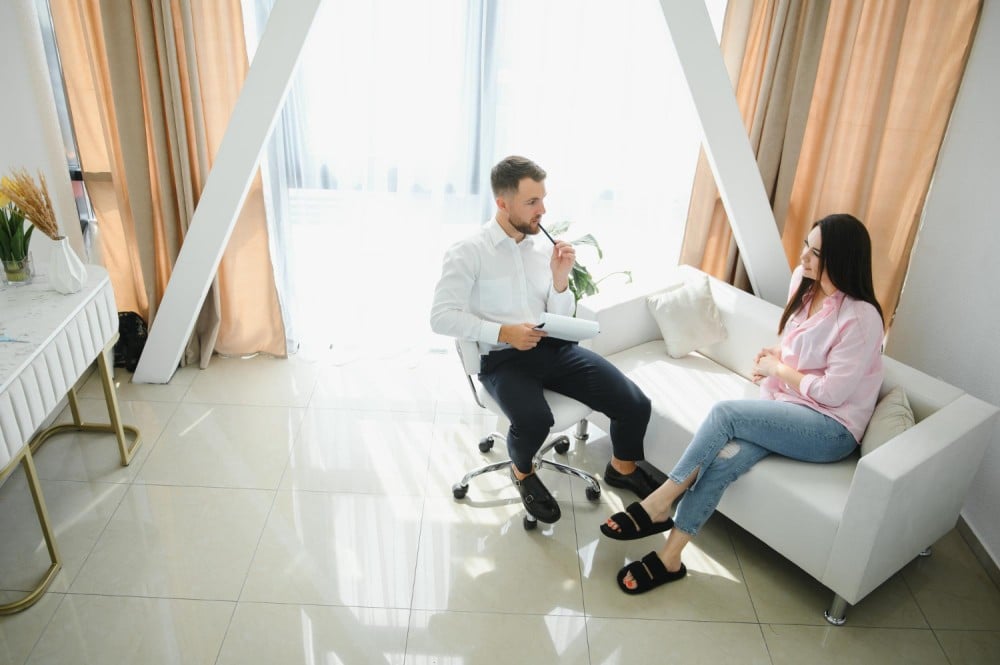 The Importance of PreWedding Counseling What You Should Know05/13/2024Posted in: Wedding PreparationsRead more
The Importance of PreWedding Counseling What You Should Know05/13/2024Posted in: Wedding PreparationsRead more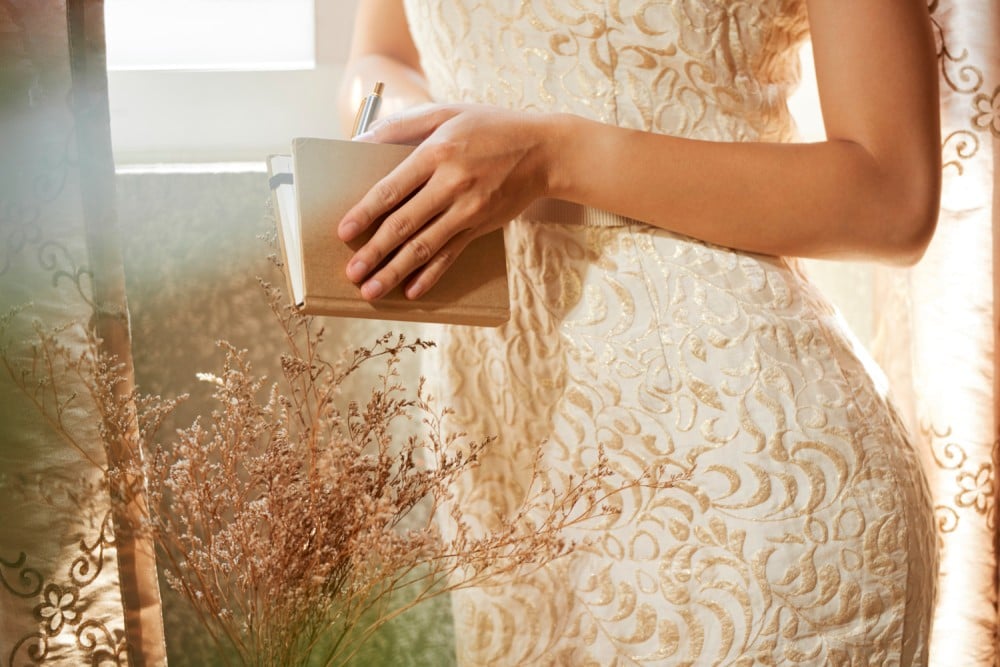 Can I wear beige to a wedding ?11/14/2023Posted in: Wedding Fashion & StyleOne of the most common questions when it comes to wedding guest attire is whether it's appropriate to wear beige to a...Read more
Can I wear beige to a wedding ?11/14/2023Posted in: Wedding Fashion & StyleOne of the most common questions when it comes to wedding guest attire is whether it's appropriate to wear beige to a...Read more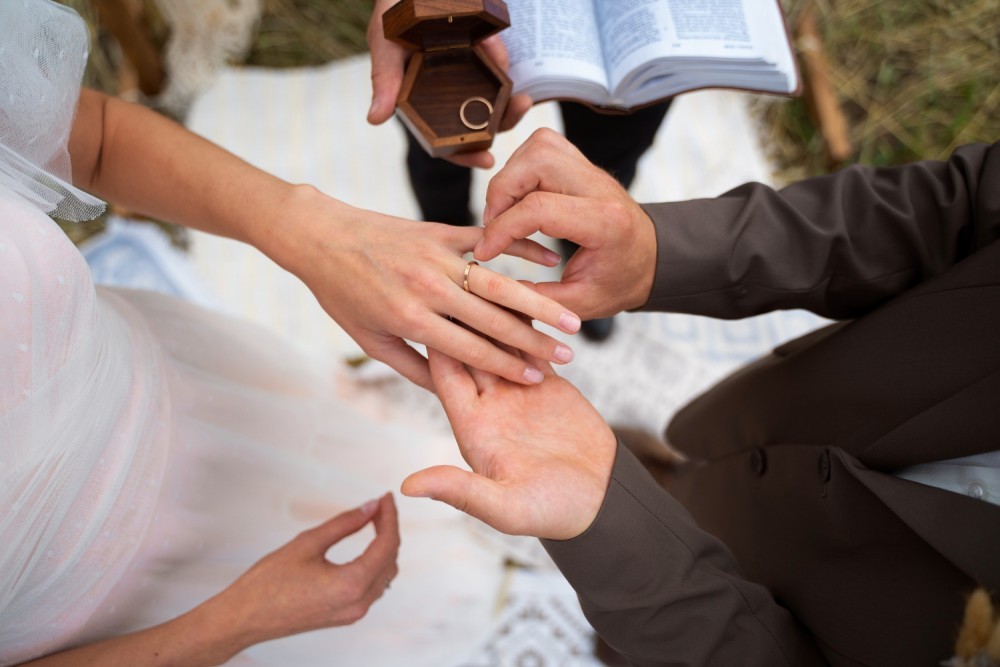 Do Jehovah Witnesses celebrate weddings ?02/29/2024Posted in: Wedding Traditions & EtiquetteJehovah’s Witnesses are known for their distinctive beliefs and practices, but what about weddings? In this...Read more
Do Jehovah Witnesses celebrate weddings ?02/29/2024Posted in: Wedding Traditions & EtiquetteJehovah’s Witnesses are known for their distinctive beliefs and practices, but what about weddings? In this...Read more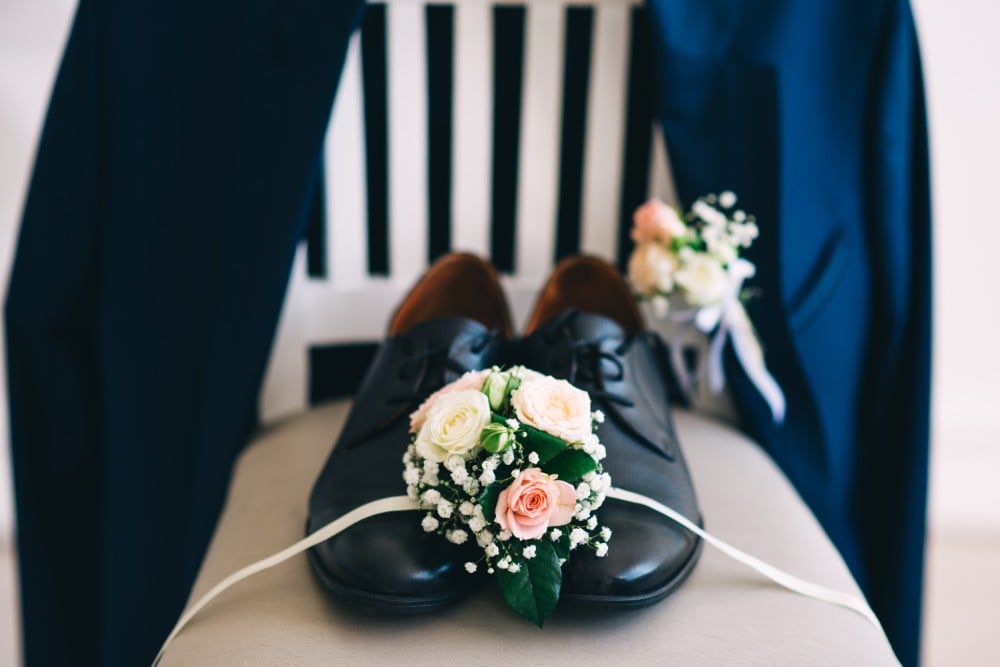 What color shoes with navy dress for Wedding ?08/20/2023Posted in: Wedding Fashion & StyleMatching shoe color with navy dress When teaming shoe color with a navy dress, it's essential to decide on a hue...Read more
What color shoes with navy dress for Wedding ?08/20/2023Posted in: Wedding Fashion & StyleMatching shoe color with navy dress When teaming shoe color with a navy dress, it's essential to decide on a hue...Read more What to wear to a Church Wedding ?09/04/2023Posted in: Wedding Fashion & StyleAre you attending a church wedding and unsure about the dress code? Our latest article provides a deep dive into the...Read more
What to wear to a Church Wedding ?09/04/2023Posted in: Wedding Fashion & StyleAre you attending a church wedding and unsure about the dress code? Our latest article provides a deep dive into the...Read more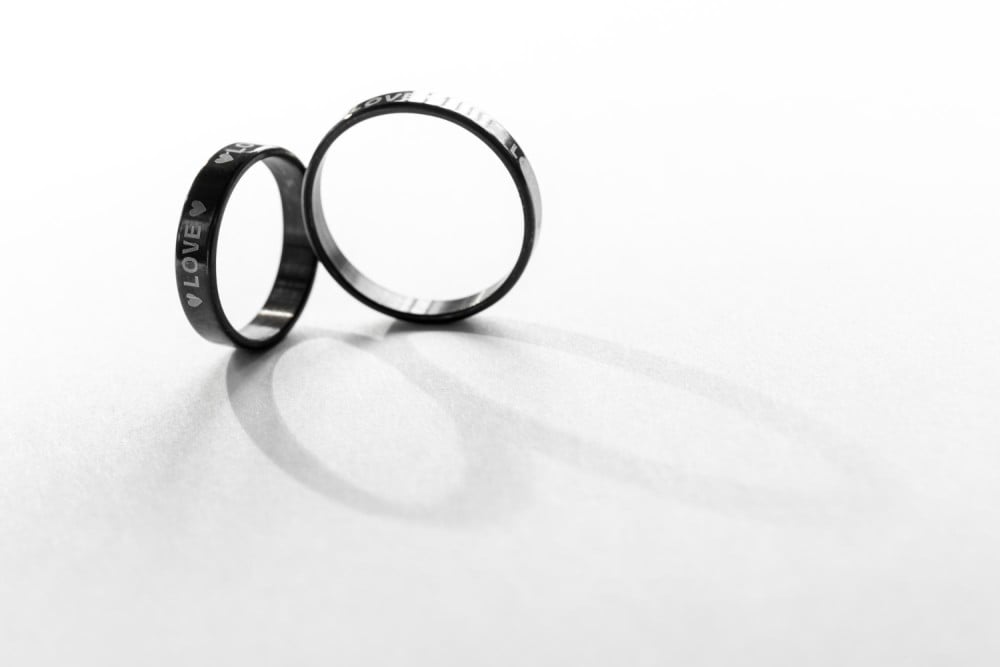 What does a black wedding ring mean ?06/12/2023Posted in: Miscellaneous Wedding AspectsWedding rings are a traditional symbol of love and commitment, but their style and design can vary greatly. In recent...Read more
What does a black wedding ring mean ?06/12/2023Posted in: Miscellaneous Wedding AspectsWedding rings are a traditional symbol of love and commitment, but their style and design can vary greatly. In recent...Read more How to become a wedding officiant in tennessee ?06/27/2024Looking to become a wedding officiant in Tennessee but not sure where to start? This comprehensive guide will walk...Read more
How to become a wedding officiant in tennessee ?06/27/2024Looking to become a wedding officiant in Tennessee but not sure where to start? This comprehensive guide will walk...Read more How to bustle a tulle wedding dress ?05/21/2024Posted in: Wedding Fashion & StyleAre you a bride-to-be with a tulle wedding dress and wondering how to bustle it for the big day? Look no further!...Read more
How to bustle a tulle wedding dress ?05/21/2024Posted in: Wedding Fashion & StyleAre you a bride-to-be with a tulle wedding dress and wondering how to bustle it for the big day? Look no further!...Read more Planning Your Honeymoon Tips for an Unforgettable Trip05/20/2024Posted in: Wedding PreparationsPlanning your honeymoon is an exciting and important step in beginning your life together as a married couple. From...Read more
Planning Your Honeymoon Tips for an Unforgettable Trip05/20/2024Posted in: Wedding PreparationsPlanning your honeymoon is an exciting and important step in beginning your life together as a married couple. From...Read more The Dos and Donts of Wedding Guest Etiquette05/16/2024Posted in: Wedding Traditions & EtiquettePlanning to attend a wedding soon? Make sure you brush up on your wedding guest etiquette to ensure you have a great...Read more
The Dos and Donts of Wedding Guest Etiquette05/16/2024Posted in: Wedding Traditions & EtiquettePlanning to attend a wedding soon? Make sure you brush up on your wedding guest etiquette to ensure you have a great...Read more The Importance of PreWedding Counseling What You Should Know05/13/2024Posted in: Wedding PreparationsAre you and your partner considering pre-marriage counseling but not sure what to expect? This article is here to...Read more
The Importance of PreWedding Counseling What You Should Know05/13/2024Posted in: Wedding PreparationsAre you and your partner considering pre-marriage counseling but not sure what to expect? This article is here to...Read more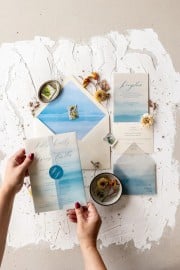








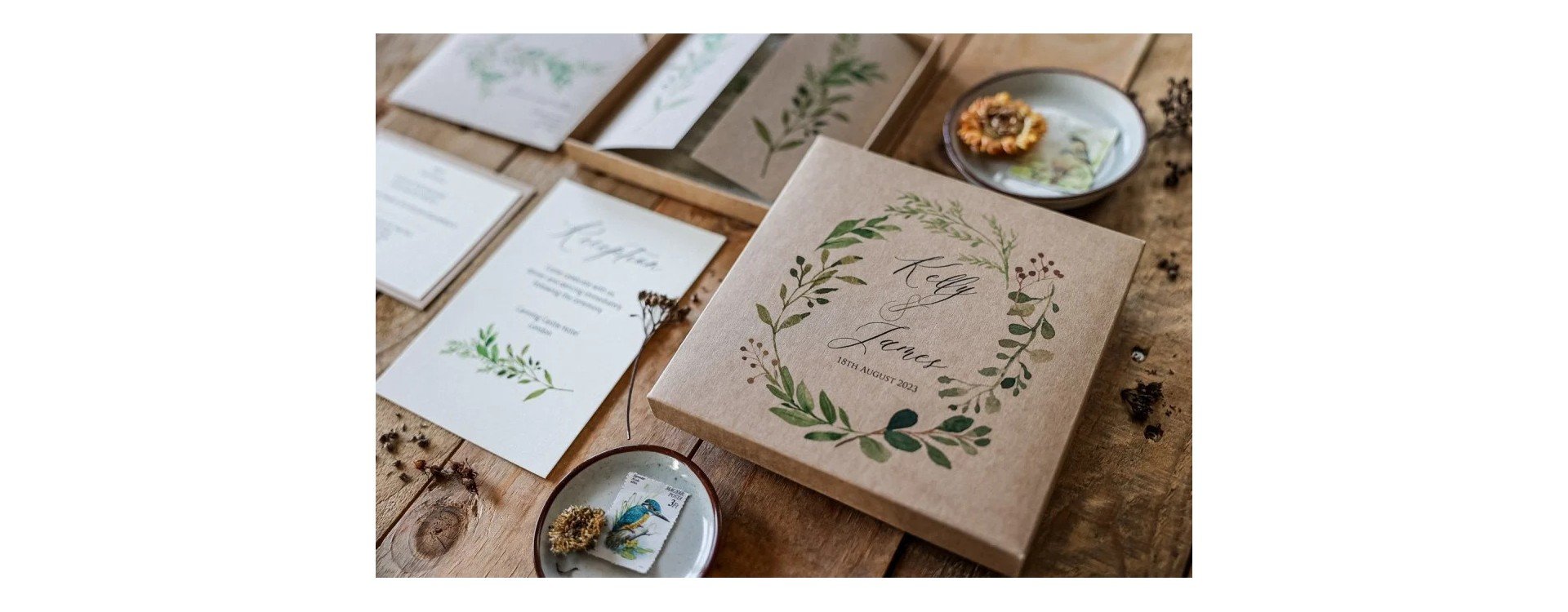



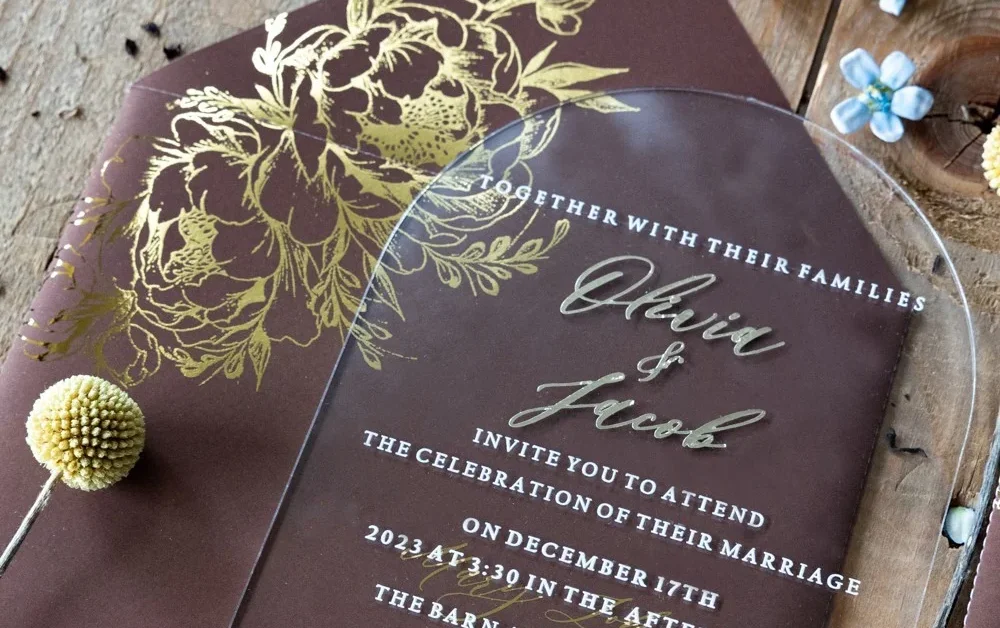

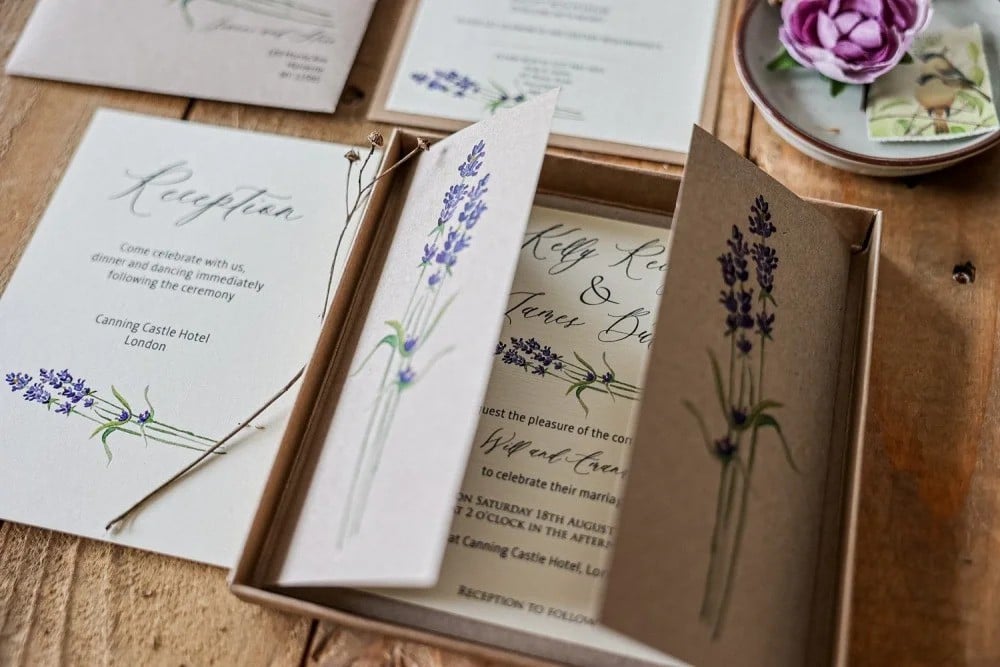
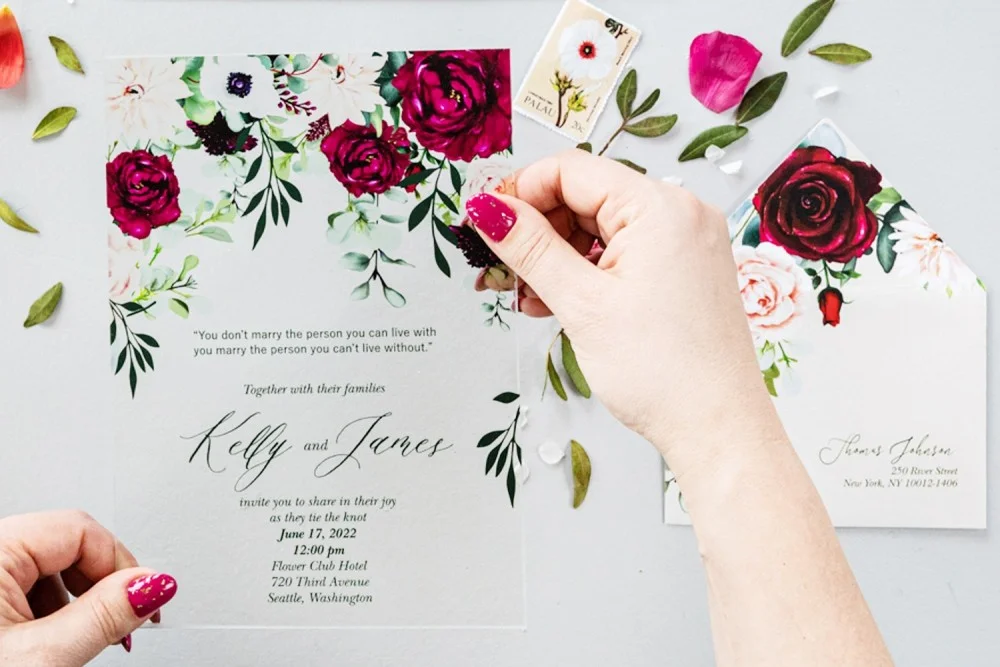
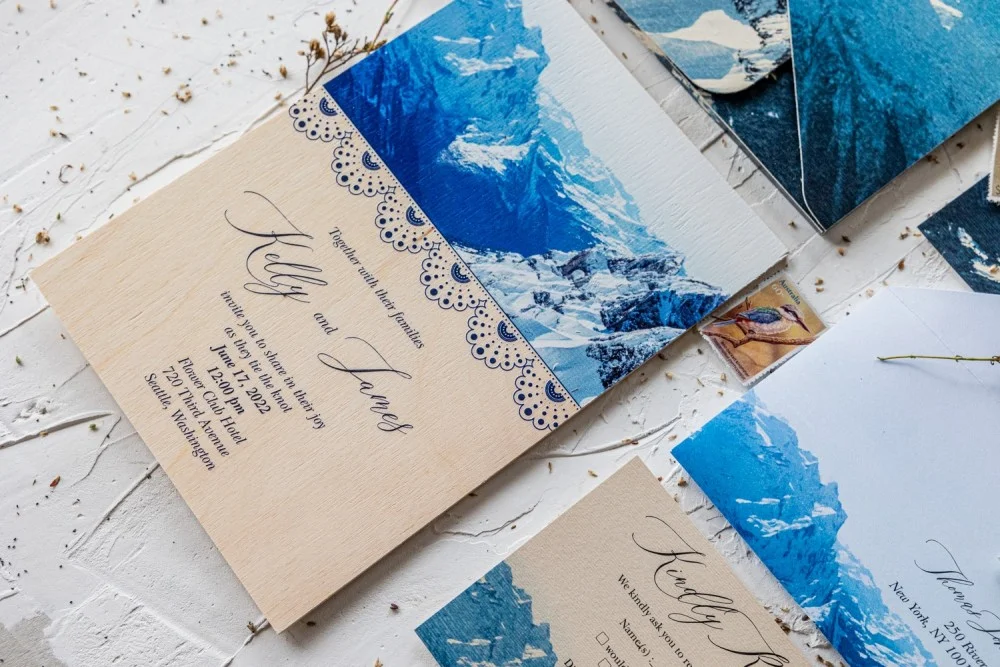

Top authors